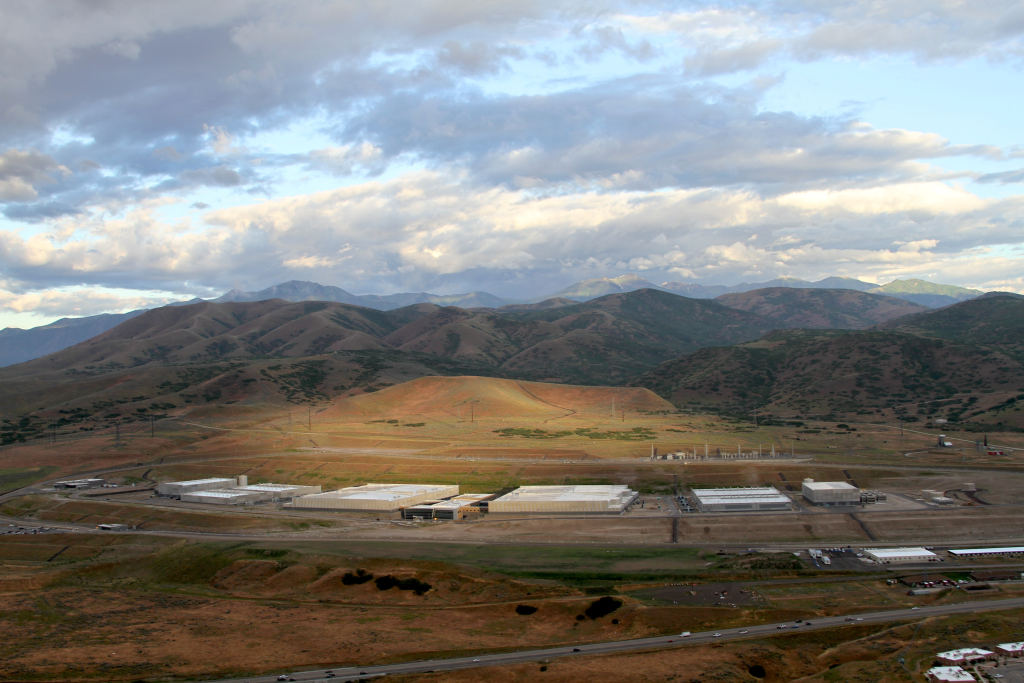
Projects delayed or blocked: The last three months have seen a remarkable ramping up of stalled or delayed data center projects. Between late March and June, $98 billion in developments were blocked or slowed, compared to the $64 billion total that had stalled over the past two years. This wave of opposition is bipartisan, spread across a wide geographical spectrum, and progressively more organized, with grassroots groups battling what has become a key underpinning of artificial intelligence infrastructure in 17 states.

1. The Energy Burden Driving Local Backlash
Data centers are among the power-intensive facilities in the modern economy. US sites used up a total of 183 TWh of electricity in 2024 or over 4% of national consumption; AI-focused hyperscale centers consume the same amount of power each year as 100,000 households, and the largest under construction is projected to use 20 times that. Already in Virginia, they make up 26% of the state’s electricity supply, forcing utilities to plan unprecedented expansions, like Dominion’s 40 GW capacity build-out, nearly tripling the state’s grid for one industry.

2. Cooling Systems and Water Scarcity Concerns
Apart from electricity, cooling systems account for as much as 40% of a data center’s energy usage and require enormous volumes of water: hyperscale facilities consumed 17 billion gallons in 2023, with up to 33 billion gallons annually by 2028. The principal source of opposition in arid areas like Tucson has been the diversion of potable water for cooling, leading to campaigns that succeeded in blocking municipal annexation necessary to supply water to Amazon’s proposed facility.

3. Grid Infrastructure Strain and Rising Bills
This rapid load growth from data centers is pushing utilities into expensive grid upgrades. In the PJM market, these facilities accounted for a $9.3 billion capacity market price increase for 2025–26, which raised residential bills by $18/month in western Maryland and $16/month in Ohio. Often, such costs – without protective tariffs in place – are passed along to households and small businesses. Now, Oregon’s POWER Act requires large-load customers to pay full cost of service; that model is being looked at by other states.

4. Political Realignment on Tax Incentives
Red and blue state legislators are rethinking subsidies. Some introduce legislation to add clawback provisions, wage and benefit standards, and public disclosure requirements for incentive applications. Proposed reforms include bans on non-disclosure agreements with public officials and the requirement of detailed environmental impact data before approval. That reflects growing skepticism about whether economic benefits that are often limited to temporary construction jobs justify the infrastructure and environmental costs.

5. Forecasting Challenges and Speculative Projects
Utilities’ load forecasts are being scrutinized for including speculative or duplicative projects. Usually, a developer submits several interconnection requests across territories to inflate estimates of demand. Texas has started requiring disclosure of other electricity requests and proof of substantial financial commitment as conditions to counting projects in forecasts. The Federal Energy Regulatory Commission is pushing for “commercial readiness verification” to improve accuracy nationwide.

6. Technology Pathways to Reduce Impact
Efficiency gains in the hardware underlying the servers, such as Nvidia’s and Arm’s low-power chips, plus algorithmic optimization, can reduce the energy draw per AI task. Innovations in cooling, such as liquid immersion systems, can cut water use dramatically. Co-locating renewable generation with data centers, using battery storage for backup rather than diesel generators, and capturing waste heat for secondary power generation are among the strategies already being piloted.

7. Grassroots Organizing and Cross-Partisan Resistance
From the Piedmont Environmental Council in Virginia to the No Desert Data Center Coalition in Tucson, local groups share strategy and tactics on how to reshape approval processes via public hearings, petitions, and targeted campaigns. Residents of Chesapeake, VA, for example, prevented a proposed center from landing near homes over noise and environmental concerns. As this “learning network” of opposition is accelerating, two-thirds of protested projects are delayed or stopped.

8. Regional Coordination and Policy Innovation
To manage the cumulative impacts, state and local governments are considering regional water-sharing agreements, coordinated zoning ordinances, and joint grid planning. Public education campaigns are emerging to explain AI’s energy footprint in terms people can understand, such as noting that a single query to ChatGPT uses roughly ten times the computing power of a Google search.

The confluence of infrastructure demands from AI, environmental stressors, and local political mobilization is changing how and where data centers will be sited. With the prospect of growing to 426 TWh by 2030, decisions around siting, incentives, and the technologies to be used will set a course for sustainable energy and community-sensitive AI growth.


